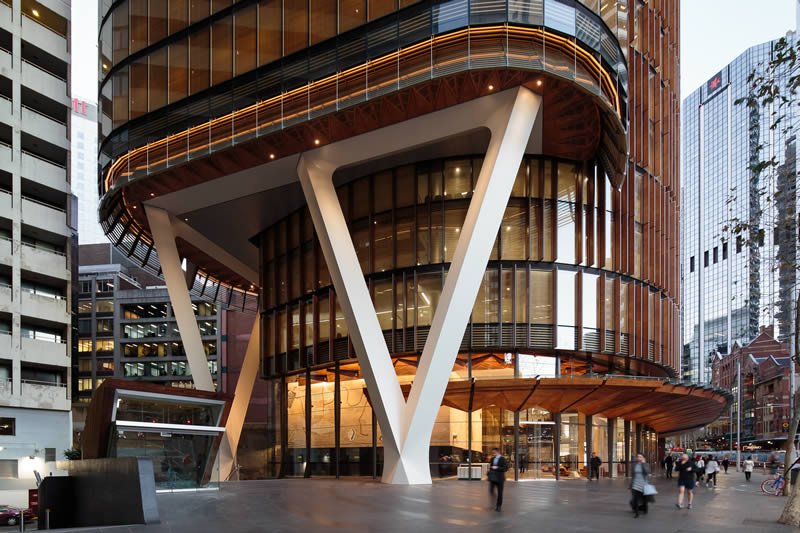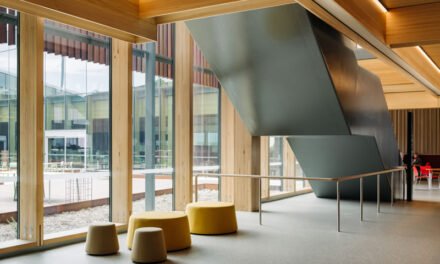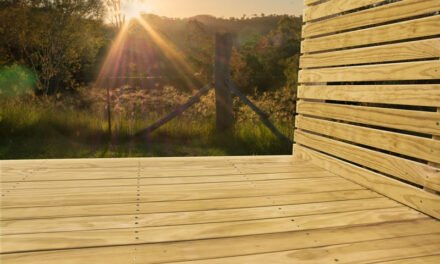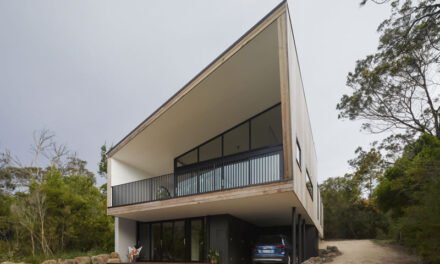The Australian Smart Skyscrapers Summit 2018 features a focus on timber.
Some of the finest minds in urban design, architecture and construction will be gathering in Sydney on June 26 and 27 for the second Australian Smart Skyscrapers Summit. Topics range from centring the skyscraper within a human-scale environment to the latest technologies for building design, construction and management. And, running through the two-day event, are topics focused on timber.
Highlights include Richard Francis-Jones, design director at fjmt, who will be talking on ‘The Human Element of Timber Tower Buildings’, using Sydney’s EY Centre as an example of unique lifestyle qualities and safety features in timber construction (see images above and opposite).
Andrew Dunn, CEO of the Timber Development Association, is presenting on ‘Advancements in Tall Timber Buildings’, which will focus on materials including CLT, glulam, timber framing and laminated veneer lumber. His presentation will include discussion on fire safety and the current regulatory framework and future plans for tall timber buildings.
The ability of timber to integrate into or replace other building systems is another key part of his discussion. “A very efficient design may be to use mass timber floor in a high-rise steel-framed building – because concrete floors slow down the construction process, the use of mass timber and steel is quite an efficient design,” Dunn says. In many cases, timber can even be used in place of concrete within tall building construction, leading to the inception of sturdy applications such as post-stressed floors and beams. Low-grade radiata pine is a particularly adroit form of timber, with Dunn stating: “it has similar compressive strength to concrete and like concrete, has inbuilt fire resistance.”
Dr Philip Oldfield, senior lecturer at the School of Architecture and Design, UNSW Sydney, is scheduled to present his ‘Lifecycle Thinking in Tall Buildings: Towards Timber Towers’ immediately after Dunn. The talk explores the environmental impact of tall buildings. As Oldfield says, “My own research suggests embodied carbon makes up a third of a tall building’s total carbon emissions – a figure which will increase as we get more energy efficient. This means we need to be more innovative and efficient with the materials we use to build towers.
“Trees photosynthesise during their life – in doing so, they act as a carbon sink, capturing CO2,” Oldfield adds. “If we use timber that is sustainably forested – that is, for every tree felled, another is planted, thus not reducing the earth’s effective carbon sink – we can create buildings built from materials that have absorbed carbon, rather than materials that have contributed to carbon emissions through their manufacture.”
Several other sessions will look at the role of timber in contemporary skyscrapers, particularly mass timber construction and environmental sustainability. Held at Darling Island Wharf’s Doltone House, the summit promises to inspire as well as inform.
For more details, visit www.skyscrapersconference.com.au.
Image : The EY Centre rises out of a granite base to a cutting-edge timber and glass facade. Photo courtesy of Francis-Jones Morehen Thorp.












